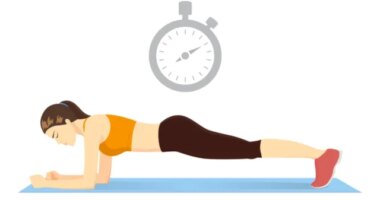
If you’re thinking about cutting ties with your contraception, you’re probably asking yourself a very important question: What should I expect when stopping birth control? Kudos to you for thinking ahead. Knowing what to expect can take some of the anxiety out of making any big change that affects your body.
Because all forms of birth control come with potential side effects, there’s no one-size-fits-all experience for stopping or switching your current form of contraception. However, the type of birth control—hormonal versus nonhormonal—will likely play a large role. For example, if you have a copper intrauterine device (IUD), a popular form of nonhormonal contraception, removed, you may not notice many changes beyond some cramping and spotting after removal, SELF previously reported.
Stopping hormonal birth control—including birth control pills, most IUDs, the implant, the patch, the injection, and the ring—typically can cause more changes, according to the Cleveland Clinic. And these changes really depend on the person and the exact form of birth control they use. To really understand what might go down, it’s best to talk to your prescribing clinician, whether that be your primary care doctor or your ob-gyn, as they’ll be most familiar with your personal health history. But generally, here are ten things to keep on your radar when you stop hormonal birth control.
1. Your hormones will probably start to fluctuate.
This probably isn’t very shocking—all of the changes included in this list happen because of hormonal changes that occur when going off birth control. For context, there are two main types of hormonal birth control: combined and progestin-only. Combined birth control contains two hormones, estrogen (which suppresses ovulation) and progestin (a synthetic form of the naturally-occurring hormone progesterone, which thickens the mucus in the cervix so sperm have a harder time entering the uterus). Progestin also thins the lining of the uterus, which helps prevent an egg from implanting, according to the American College of Obstetrics and Gynecology (ACOG). Progestin-only birth control only contains progestin—no estrogen.
READ RELATED: Statins: ‘Severe’ side effect of simvastatin may include atrial fibrillation – signs
In most cases, it doesn’t take very long for your hormones to fluctuate when you stop either form of birth control, Jennifer Kickham, MD, an ob-gyn at the Massachusetts General Hospital, tells SELF. Without hormonal birth control, your natural hormonal processes will eventually resume. Typically, ovulation starts within a couple of weeks after you stop using hormonal birth control pills, the patch, an IUD, or the ring, according to the experts at the University of Utah. But if you take a form of birth control that is designed to stay in your body for months, such as a progestin-only birth control injected into your muscle, ovulation can be delayed for months after you fully stop getting injections1.
2. You can get pregnant sooner than you might think.
No shocker here, of course. Although it might take a few weeks to start ovulating again, you can theoretically get pregnant right after you stop birth control, Mary Jane Minkin, MD, a gynecologist at Yale School of Medicine, tells SELF. That’s why, if pregnancy isn’t a goal, it’s super important to choose another form of contraception, even if you opt to use a barrier method, like a condom or a diagphram, if you don’t want to use a long-lasting form of birth control or don’t want to make a switch just yet.
3. Your period might be unpredictable.
Many people usually notice some spotting or bleeding about two days after stopping any form of birth control, Dr. Minkin says. If you used hormonal birth control, that bleeding is called birth control withdrawal bleeding because your body is adjusting to the changes in hormone levels, she explains. The next period after the withdrawal bleeding is technically your first period—and that could take some time to start up. Your cycle may be irregular after you stop, or your cycle length may have changed completely, Jessica Kiley, MD, MPH, an ob-gyn and chief of general obstetrics and gynecology at Northwestern Medicine, tells SELF. “You may need a few months afterward to regulate,” she says.
Source: SELF










